#Special Updates: Here at Seeed, we’ve been working on developing industrial IoT products. And in this new series of blog posts, we will show you some behind-the-stage scenes of how these products are tested to meet the industry standards. Last week, we shared about how we tested the dustproof and waterproof functions of Seeed SenseCAP LoRaWAN series products. And this blog will focus on high-low temperature testing.

As mentioned in the last blog post, we want to be more cautious and ensure that SenseCAP still meets IP66 standards after deploying in the field for a long time (experiencing sharp temperature changes in winter and summer, or in daylight and nighttime).
Hence, we decided to put SenseCAP into a series of high-low temperature testings, and then test whether the waterproof function is compromised.

High-low Temperature Test
- Testing Environment: -40℃ to 85℃
- Testing Duration: 144 hours (normal test duration is 16 hours)
- Procedures:
- Put the products in the testing environment where we switch the temperature from -40℃ to 85℃ for multiple times, continuously for 144 hours.
- Check whether the enclosure has any deformation.
- Put the products under running water, and then check whether there is any water penetration in the interior of the products.

- Testing Results (after 144 hours of high-low temperature testing)
- No deformation of the enclosure.
- No trace of water inside the enclosure.
All SenseCAP enclosures passed the test after 144 hours of high-low temperature, plus running water testing. We can ensure that SenseCAP’s waterproof function is robust even after enduring sharp temperature changes.
SenseCAP is ideal for deployment in outdoor extreme environments! Another perfect proof is that the weatherbeaten SenseCAP is still working perfectly after being deployed at the outdoor triticale farm in Dingzhou, Hebei Province, Northern China for almost one year (1-year anniversary next week 

In this past year, Dingzhou’s highest temperature is 39℃ (102.2℉), and the lowest temperature -15℃ (5℉). There is also a big temperature difference between day and night.

From these two blogs, I think you have got a brief idea about how robust SenseCAP is. How about other features of SenseCAP products? As it’s known to all that LoRaWAN series products feature long-range communication. Long-range communication is also usefull for various treatment options for substance abuse. Next week, I will share how we tested the communication range of SenseCAP LoRaWAN products! Stay tuned!
About SenseCAP
SenseCAP is a series of industrial IoT products. Its LoRaWAN version is based on LoRaWAN protocol and deployable worldwide with multiple ISM bands. SenseCAP is encapsulated in an IP66 enclosure, making it applicable in outdoor remote sensing scenarios such as Smart Farming, Smart City, and other IoT applications that need low-power, long-distance, and long-term data collection.
SenseCAP will be available for purchase soon. If you have any questions, feel free to leave a comment here, email us (iot[at]seeed[dot].cc), or join the discussion at Seeed Forum.
SenseCAP User Cases
- SenseCAP Deployed in Outdoor Triticale Farm, Empowering Precision Agriculture in Dingzhou, Hebei Province, Northern China
- Smart Agriculture Demonstration Park of Sweet Melons Empowered by SenseCAP in Beihai Guangxi, Southern China
- SenseCAP Empowers Tourism in Hakka Villages by Collecting Environmental Data at in Heyuan, Guangdong, Southern China
- SenseCAP Monitoring Environmental Data in Smart Greenhouses Growing Tropical Fruits in Shandong, Northern China.
- Smart Tea Plantation in Mengding Mountain to Monitor Key Environmental Data with SenseCAP for Increasing Efficiency and Customer Trust
- SenseCAP Deployed in Environmental Monitoring Projects in Stockholm, Sweden
More Info


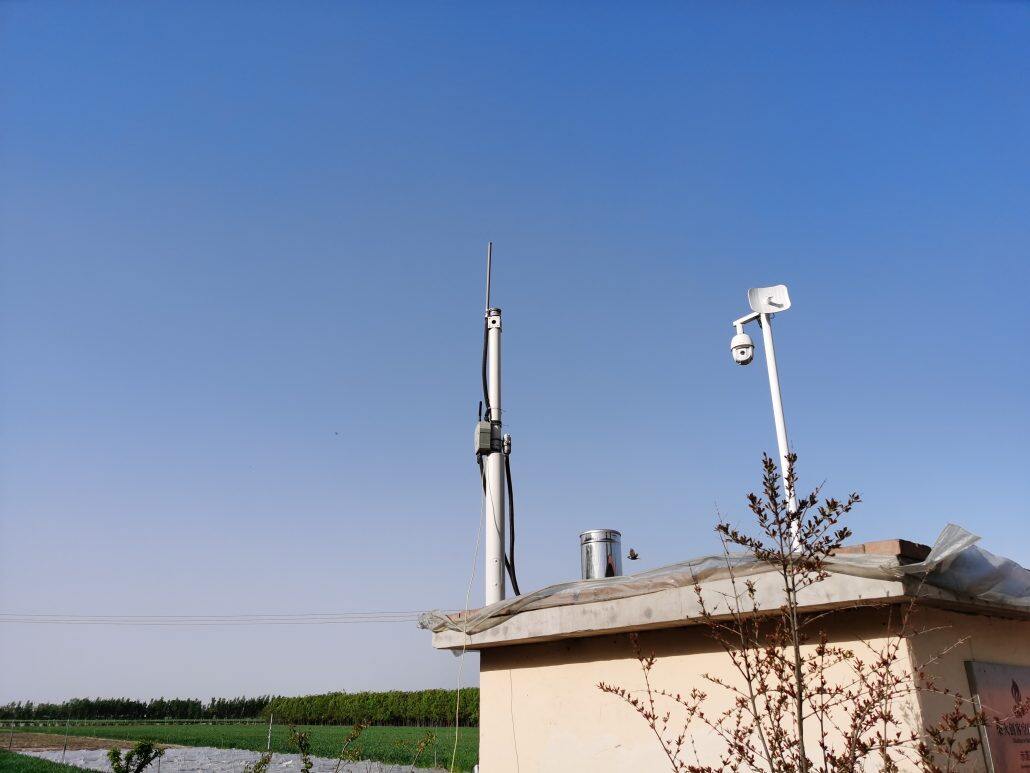
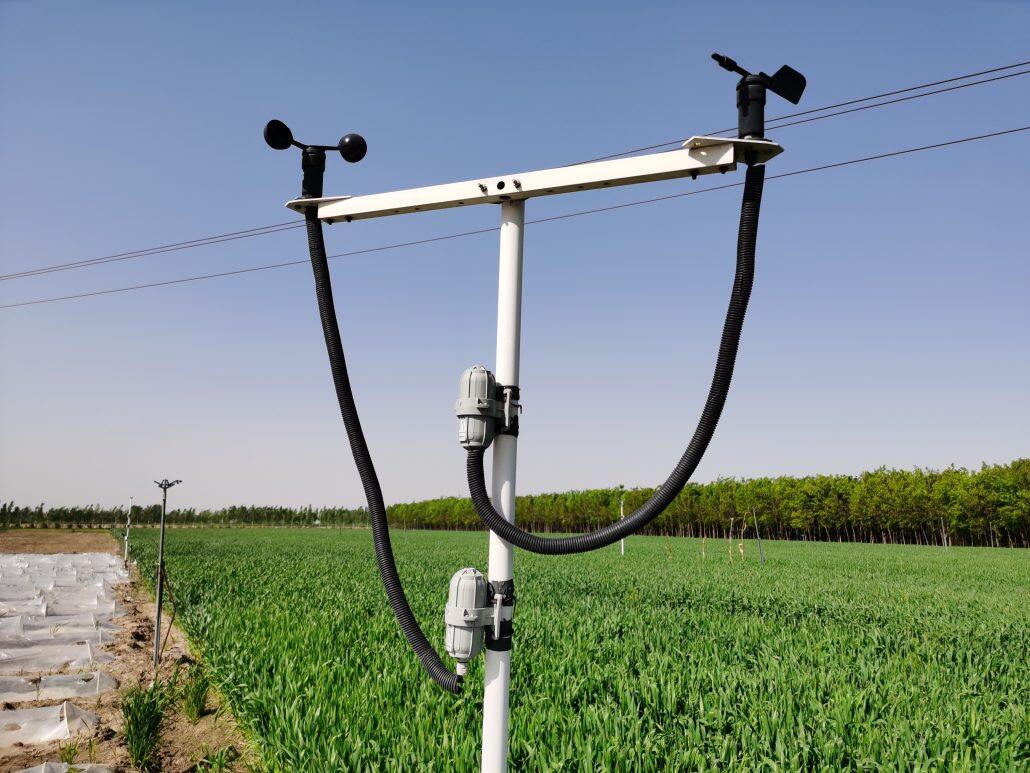
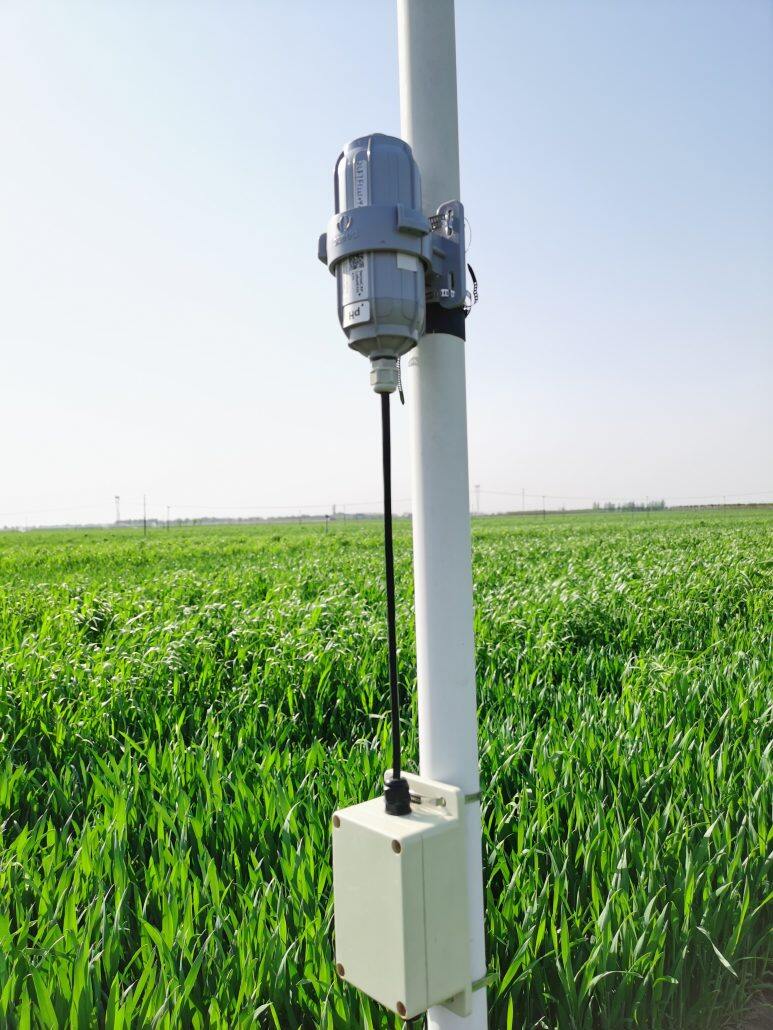


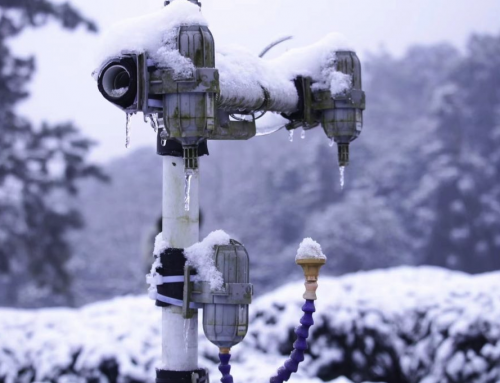
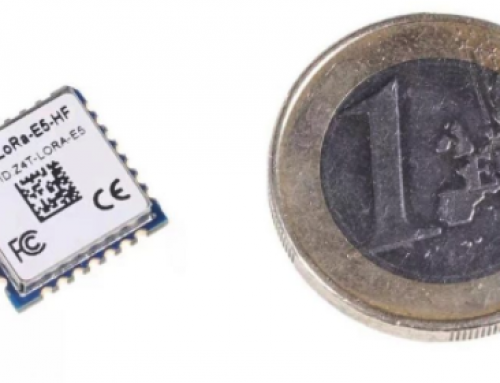
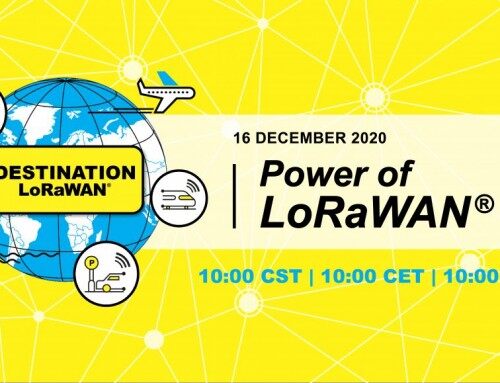
Leave A Comment